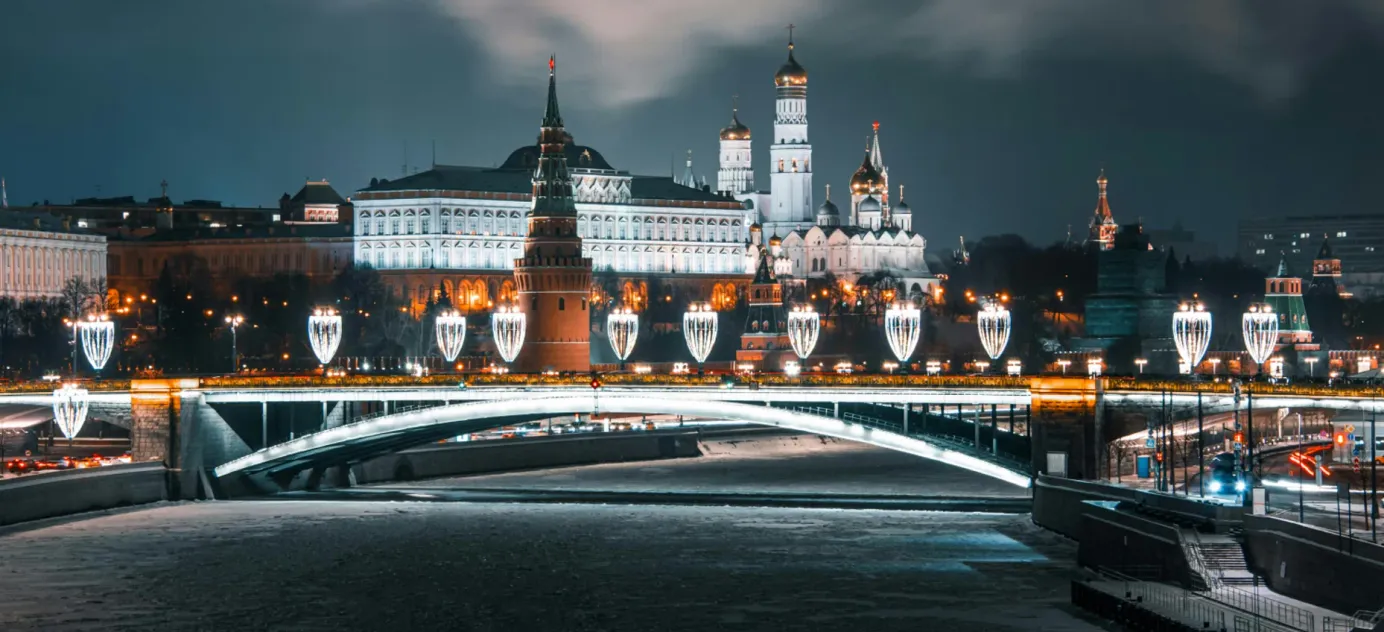
A year on from Russia’s ‘partial mobilization’, a second wave seems inevitable
Last week was the first anniversary of Russia’s mobilization drive, announced on Sep. 21, 2022. At the time, Putin told Russians in an early-morning address to the nation that the country was facing “the entire military machine of the collective west” in Ukraine. At least 300,000 mobilized Russians were sent to the front. One year on, the authorities insist that there will be no second wave – but there are many reasons to doubt their promises.
The frontline is deadlocked – each side has enough capacity to thwart the other’s advances, but not enough to gain significant ground themselves. Since the start of 2023, the Russian authorities have taken stock of the blow that mobilization dealt to their image and focussed instead on recruiting professional contract soldiers. According to Bloomberg and Russian regional publications, the authorities are seeking 400,000 new recruits this year. But by early September, they had signed up only 230,000, according to Russian officials.
Open data sources suggest this has not enabled Russia to create the kind of shock force it might need to lead another major offensive. The reserve army promised by defense minister Sergei Shoigu in June has not materialized, with new soldiers heading to existing fighting units. Moreover, Russia’s limited reserves had to be sent to the front over the summer to repel the Ukrainian counter-offensive.
Earlier this year, Dara Massicot, a senior researcher at the RAND Corporation and a former leading Pentagon analyst on Russia, told The Bell that any meaningful attempt at a Russian military breakthrough was impossible without a second wave of mobilization. Nothing has happened since to fundamentally challenge that conclusion.
It’s not easy to say when a second wave of mobilization should be expected. However, the longer the war drags on, the more Russia’s army needs another injection of manpower. The Kremlin’s hand will be forced by several factors: ongoing losses in Ukraine, fatigue among permanent troops, the retirement of tens of thousands of Wagner Group mercenaries and Ukraine’s own permanent mobilization.
Why the world should care
We cannot guess when a new wave of mobilization will happen. It’s possible that the Kremlin’s fears of undermining the presidential election in early 2024 will outweigh the military’s lobbying power – but they might not. Maybe the current recruitment system will be unable to cope with the traditional rounds of conscription in the spring and fall, combined with a new wave of mobilization – or maybe the authorities will find a way to press ahead regardless. Only one thing seems certain: the worse things get for the Russian army at the front, the more likely a new mobilization becomes.





